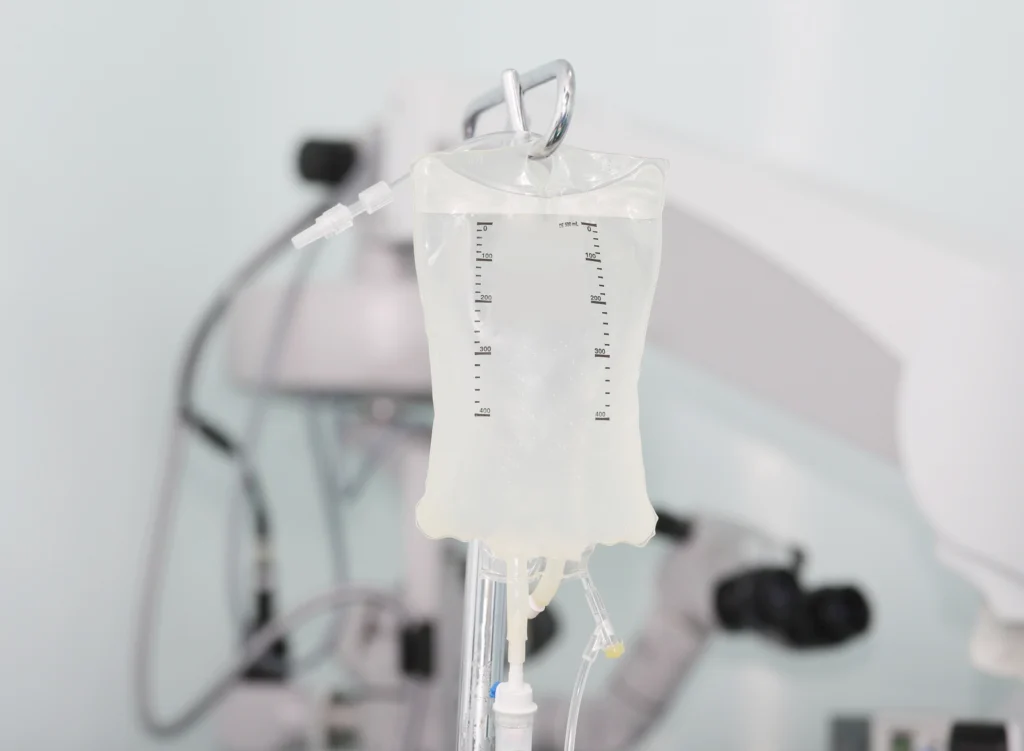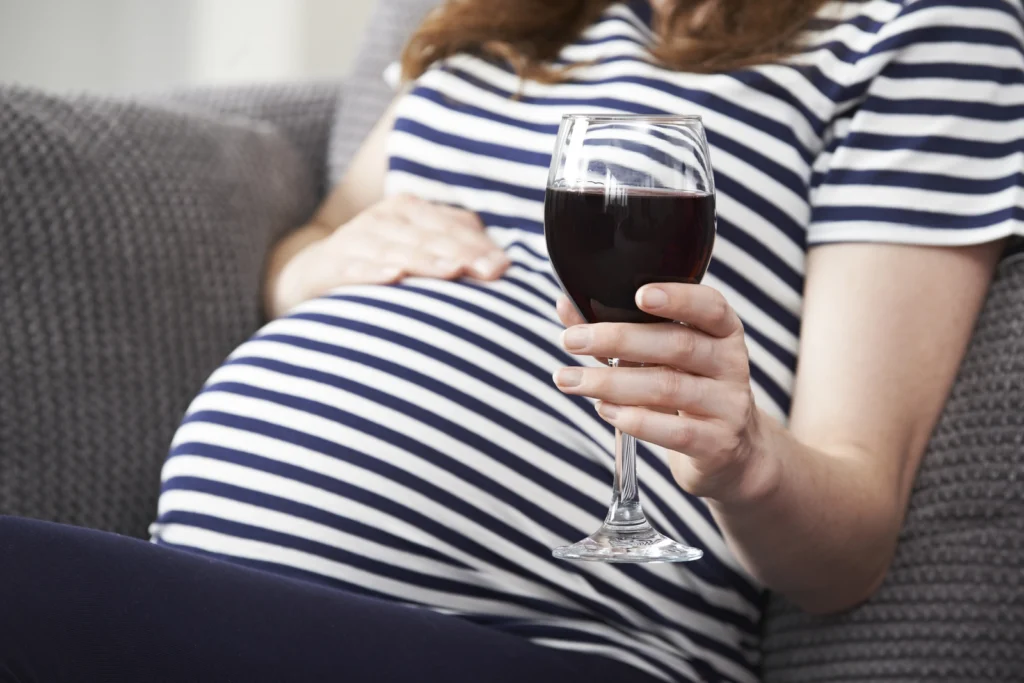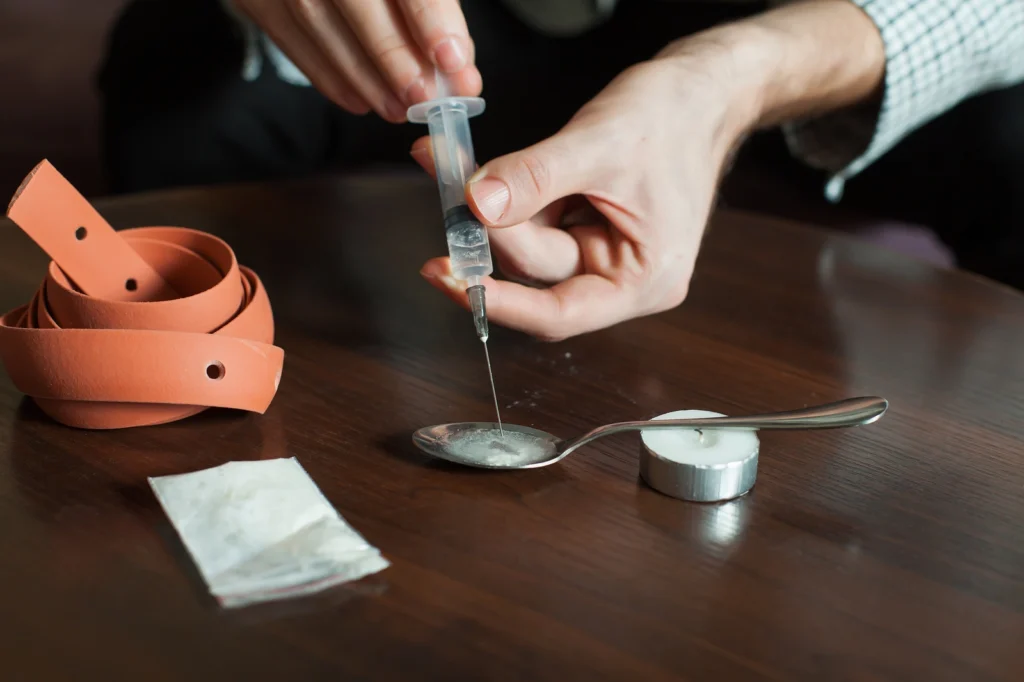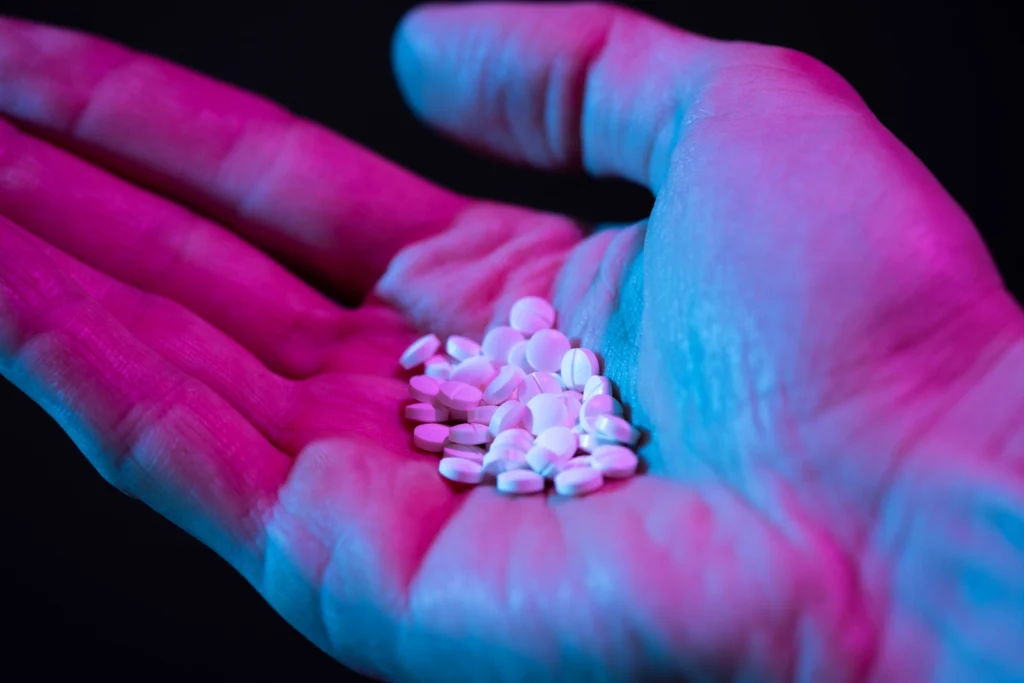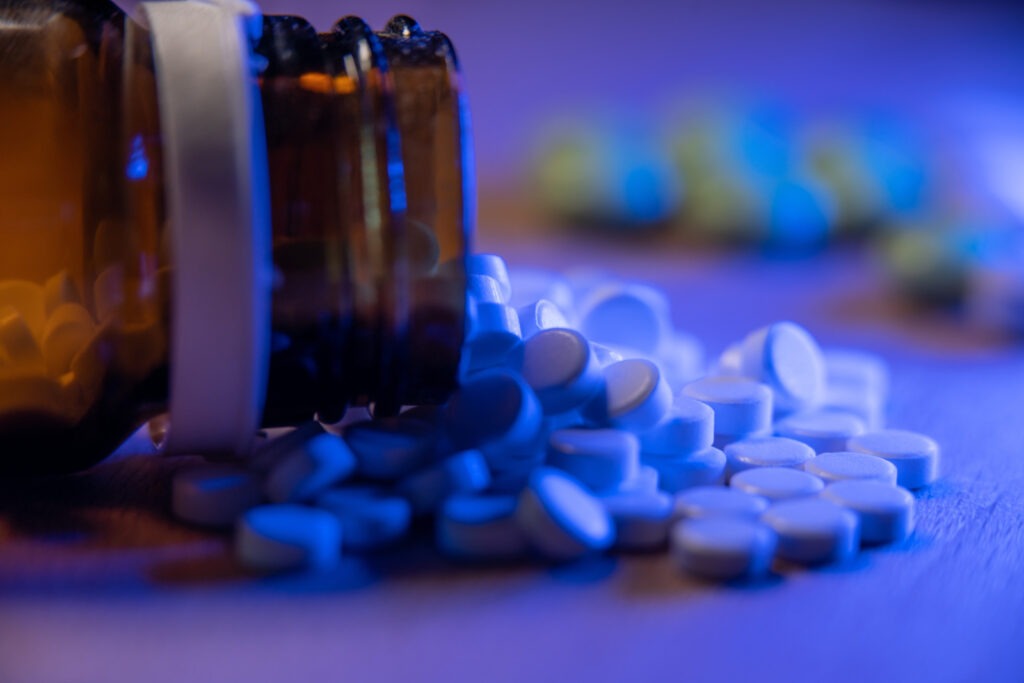What You Need to Know About Oxycodone 10 325: Dosage and Usage
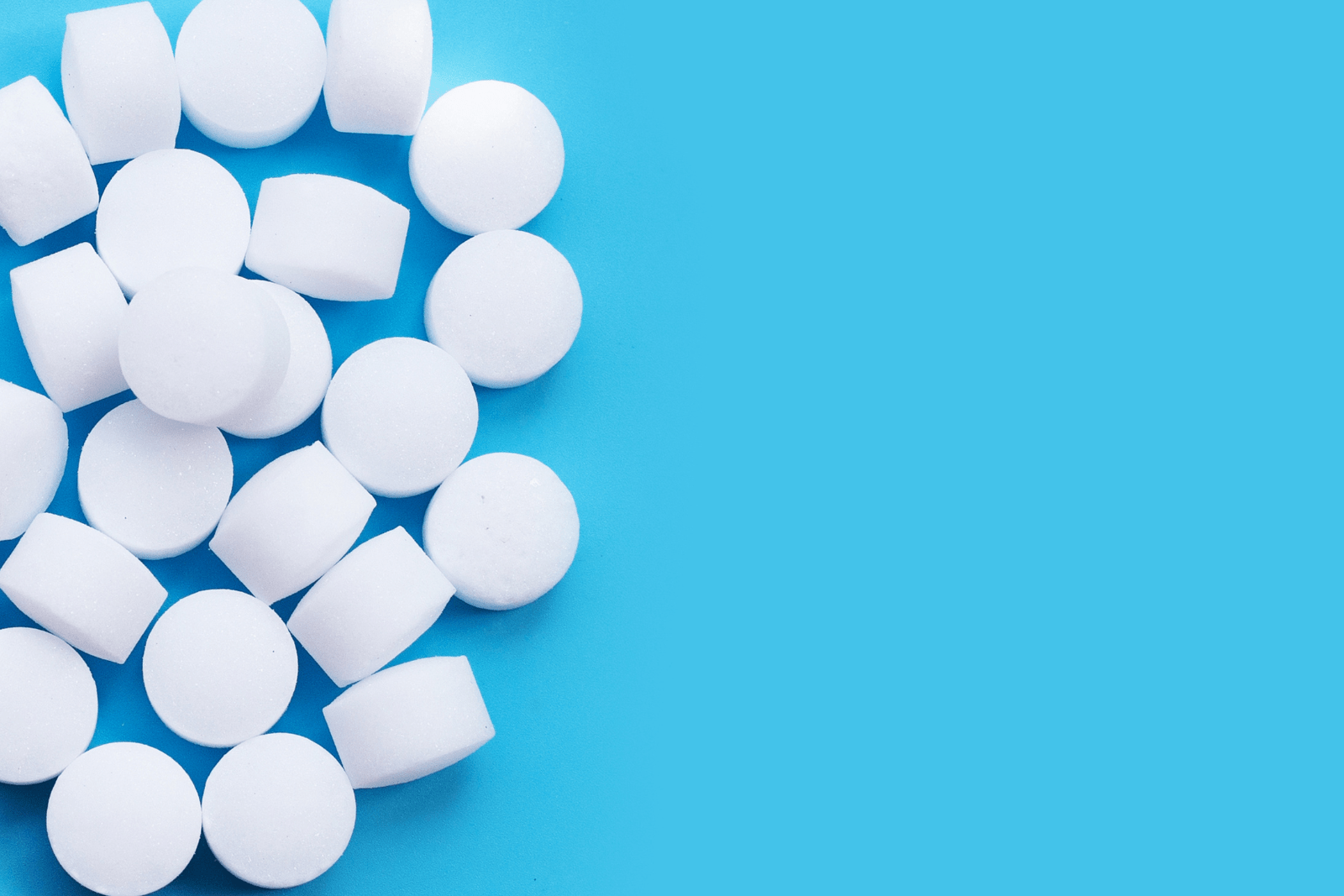
The 10 325 pill is a common dosage of oxycodone and acetaminophen, which is an opioid pain reliever that’s used to treat moderate to severe pain.
Learn more about the 10 325 pill dosage, its use, its risks, and side effects, and how to use this medication responsibly.
Key Points
- The 10 325 pill is a regular dosage of oxycodone and acetaminophen combination pain reliever.
- Oxycodone and acetaminophen combination, commonly known as Percocet, is used to treat moderate to severe pain.
- Both oxycodone and acetaminophen can have side effects, risks, and potential drug interactions.
- Because of its oxycodone content, the 10 325 pill has a serious risk of misuse, abuse, or addiction.
What Is the 10 325 Pill?
The 10 325 pill is a combination medication that contains oxycodone and acetaminophen. It was originally marketed under the brand name Percocet, but it’s now available in Nalocet and Primlev, as well as discontinued brands Roxicet, Endocet, and Xartemis. There are generic versions available.
Oxycodone is the active ingredient that puts the 10 325 pills in the narcotic analgesic group of medications and the opioid class. The acetaminophen in the pill is used to reduce fever and relieve pain. This medication is used to treat pain when non-opioid pain medications have not been tolerated or haven’t been effective, but it does have a risk of misuse, abuse, and addiction.
Understanding the 10 325 Dosages
Oxycodone and acetaminophen tablets come in several dosages:[1]
- 2.5 mg/325 tablets
- 5 mg/325 tablets
- 7.5/325 tablets
- 10 mg/325 tablets
- Liquid solutions come in two dosages:
- 5 mg/325 in 5 ml solution
- 10 mg/300 in 5 ml solution
With these dosages, the smaller number is the oxycodone content, while the larger number is the acetaminophen content. For example, the 10 mg/325 pill contains 10 mg of oxycodone and 325 mg of acetaminophen. The greater the oxycodone dosage, the more potent the drug.
It’s common for oxycodone with acetaminophen strengths to be abbreviated to oxycodone acetaminophen 5-325 or oxycodone acetaminophen 5 325. However, it’s important to use the full, correct names to avoid mistakes in the dosage.
Side Effects and Risks of the 10 325 Pill
Both oxycodone and acetaminophen can have serious side effects, including:[2]
- Dizziness
- Drowsiness
- Fatigue
- Headache
- Constipation
- Nausea
- Vomiting
- Itching
- Blurred vision
- Feelings of extreme happiness or sadness
- Dry mouth
More serious side effects are possible, including:
- Noisy or shallow breathing
- A lightheaded feeling
- Weakness
- Unusual bruising or bleeding
- Confusion
- Abnormal thoughts and behavior
- Problems with urination
- Liver problems
- Low cortisol levels
Call your doctor if you experience any of these serious side effects.
Though rare, oxycodone can cause serotonin syndrome, a life-threatening condition in which serotonin levels build up in the body. The symptoms of serotonin syndrome include fever, sweating, hallucinations, rapid heart rate, shivering, and agitation. Seek medical attention immediately if you have these symptoms.
Oxycodone and acetaminophen can cause allergic reactions. Signs of an allergic reaction include hives, difficulty breathing, and swelling of the face, lips, tongue, or throat. Acetaminophen can cause a rare but severe skin reaction that can be fatal. Seek medical attention if you have skin redness or a rash that spreads with blistering and peeling.
Oxycodone and acetaminophen can interact with certain medications. Talk to your doctor if you use antifungal or antibiotic medications, heart or blood pressure medications, seizure medications, or medicine to treat HIV or hepatitis C.
There are many medications that can have negative interactions with oxycodone, including cold or allergic medications, motion sickness medication, other narcotic medications, sedatives, muscle relaxers, certain mood stabilizers, and other drugs that affect serotonin levels. Remember to disclose all medications you take, including over-the-counter medications, supplements, and herbal products.
You can overdose on oxycodone or acetaminophen, but oxycodone has a greater overdose risk. Overdosing on opioid medication can slow or stop your breathing significantly, leading to death. The signs of opioid overdose may include slow, disrupted breathing, blue lips or skin, and unresponsiveness.
If you suspect someone is overdosing on opioids, call 911 immediately. Administer naloxone if you have it. Rapid medical attention can reverse an opioid overdose.
How to Take the 10 325 Pill
You should always follow the directions from your doctor for your oxycodone prescription. However, one of the adult dosages for pain is 1 10 mg/325 mg tablet orally every 6 hours as needed for pain. Do not exceed 6 tablets in a 24-hour period.[3]
Oxycodone is highly addictive and can have serious side effects. Because of the risks, use the lowest effective dose for the shortest duration possible.
Using the 10 325 Pill Responsibly
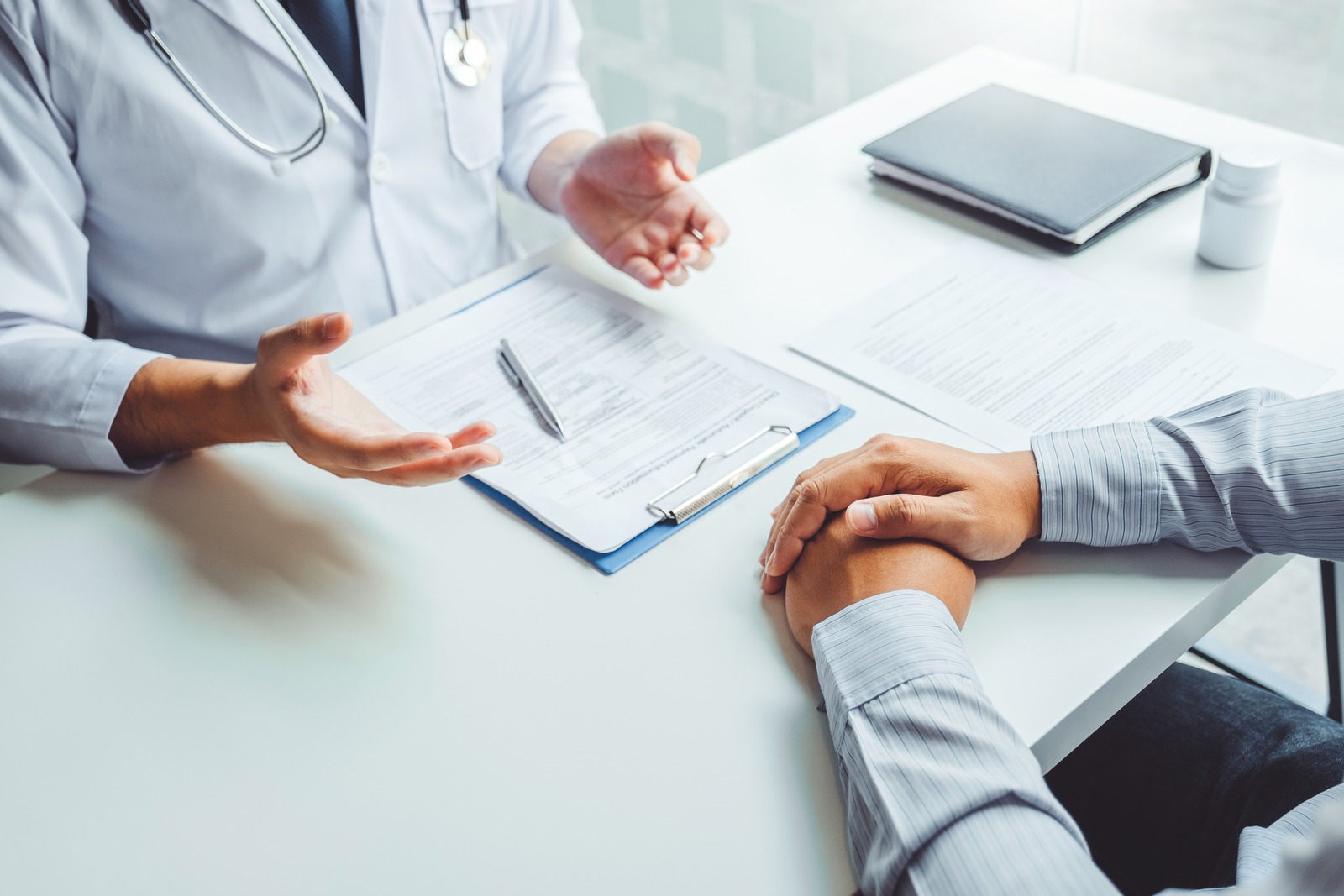
Oxycodone and acetaminophen should be taken only with a prescription and exactly as directed, no matter the dose. Follow the instructions on your prescription label. You should never take oxycodone with acetaminophen in larger amounts or for longer periods than prescribed.
Like other opioid painkillers, oxycodone is a drug of abuse. Never share your oxycodone plus acetaminophen with another person, particularly one with a history of abuse or addiction. Always keep your medication stored where no one can access it. Selling or giving away your oxycodone is illegal and could lead to serious legal consequences.
Misusing this drug can cause addiction, overdose, or death. If you have leftover oxycodone, look for a take-back program or speak to your pharmacist. Don’t keep leftover opioid medication or throw it in the trash, as just one dose can cause a fatal overdose in some adults, children, and pets.
Opioid Misuse, Abuse, and Addiction
Oxycodone is an effective painkiller, but it’s also one of the most addictive substances on the market. Like other opioids, oxycodone is associated with misuse, abuse, and addiction due to its euphoric effects.
Opioids typically produce an intense euphoria followed by a “crash” that can cause people to misuse their prescription or with illicit use, take more of the drug to regain the high. Eventually, this leads to tolerance, which is when the body adjusts to the presence of the drug and needs more and more to achieve the same effects.
The official term for opioid addiction in the Diagnostic and Statistical Manual of Mental Disorders, Fifth Edition (DSM-5) is an opioid use disorder, which has the following criteria:
- Using oxycodone in higher doses or for longer periods than intended
- Spending a lot of time obtaining, using, or recovering from oxycodone use
- Trying to reduce or stop oxycodone use unsuccessfully
- Experiencing cravings for oxycodone
- Continuing to use oxycodone despite interpersonal problems
- Giving up activities or hobbies to use oxycodone
- Gaining a tolerance for oxycodone
- Experiencing withdrawal when cutting back or stopping oxycodone use
Withdrawal from oxycodone can be severe and intense, with symptoms like nausea, vomiting, diarrhea, chills, body aches, and pain. Opioid withdrawal isn’t usually fatal, but complications can occur. People may relapse to relieve the pain, which puts them at risk for overdose.
Treatment for Opioid Addiction
Oxycodone is a habit-forming drug with a potential for abuse and addiction, even when prescribed. Using oxycodone illicitly or misusing a prescription medication increases the risk of tolerance, dependence, and addiction.
Opioid addiction is challenging to overcome, but it is possible. The best course of treatment often includes detox, which is a safe environment to get off oxycodone and manage withdrawal symptoms to prevent complications and relapse.
After detox, formal addiction treatment is recommended in an inpatient or outpatient setting. Treatment is individualized, but it may include behavioral therapies, medications, counseling, and peer-support groups.
Get Help for Opioid Addiction
Opioids like oxycodone are effective painkillers, but they come with serious risks of abuse and addiction. If you or a loved one is struggling with addiction, help is available. Don’t try to detox “cold turkey” from oxycodone. Safe, supportive rehab centers are standing by to help.
